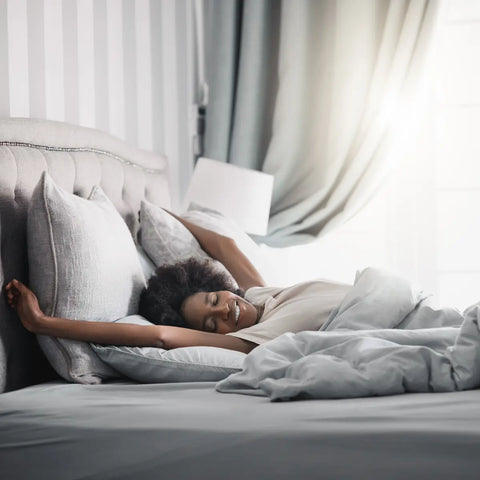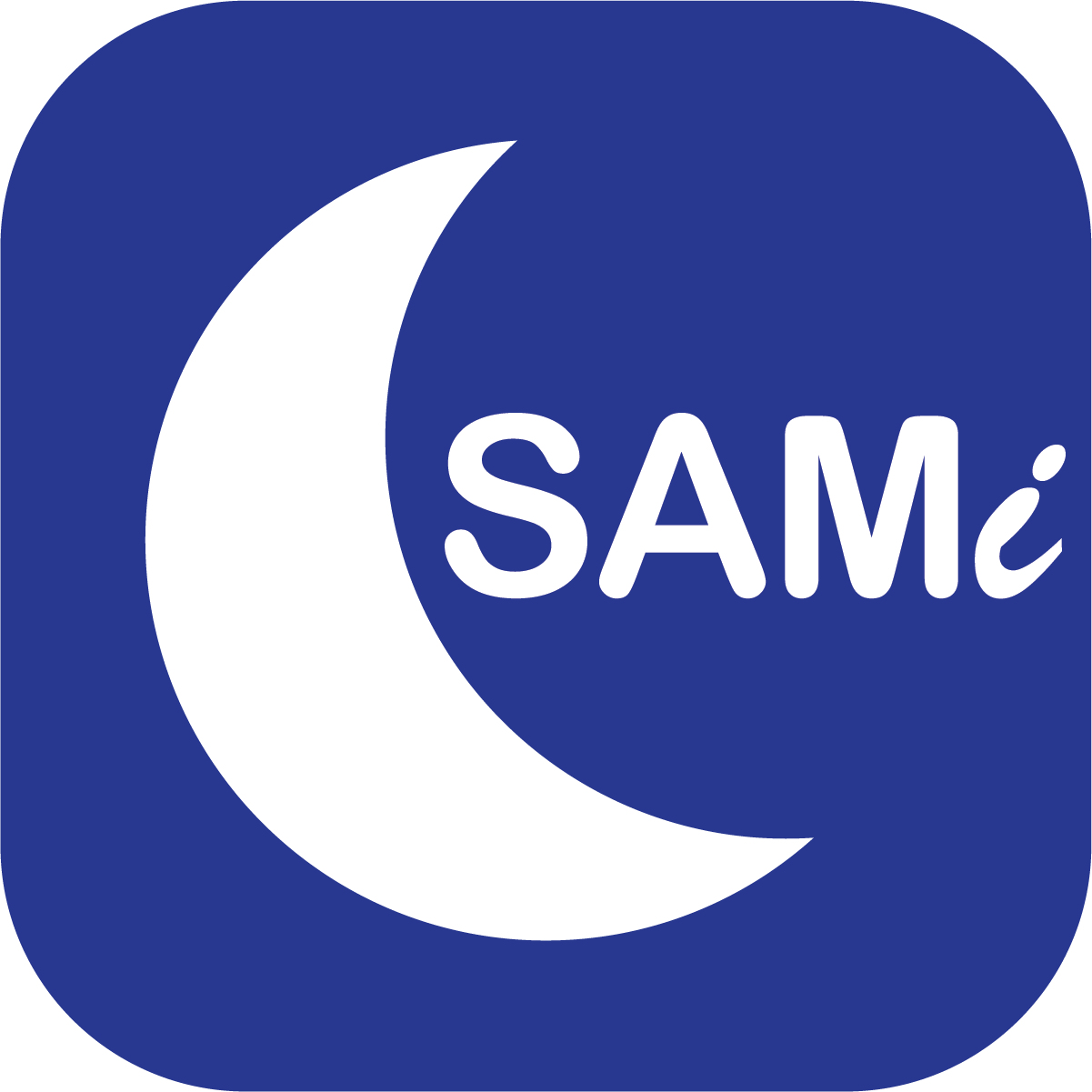In today’s fast-paced world, the quest for a good night's sleep has become more crucial than ever. Amidst the hustle and bustle of daily life, many find themselves struggling to achieve the restorative sleep needed to maintain health and well-being. This growing concern has propelled the search for effective solutions, leading to the emergence of sleep monitors as a popular tool. These devices offer valuable insights into our sleep patterns, enabling us to identify and address issues that hinder our sleep quality. By monitoring movements, breathing, and other physiological signals, they provide a detailed picture of our nightly rest, highlighting the importance of sleep in our overall health.
Understanding Sleep Monitors
Different Types
The market offers a diverse range of sleep monitoring devices, each designed to cater to different preferences and needs. Wearable devices, such as watches and wristbands, are among the most popular, thanks to their convenience and ability to monitor various health metrics. These wearable sleep devices track movements, heart rate, and even oxygen levels during sleep, providing a comprehensive overview of the wearer's sleep health. On the other hand, bedside devices, including non-wearable sensors placed under the mattress or pillows, offer sleep tracking without direct contact. These devices focus on monitoring sleep cycles, movements, and environmental factors like light and temperature, offering insights into how external conditions affect sleep quality.
How Do Sleep Movement Monitors Work?
function by detecting physical motions during sleep, utilizing accelerometers and other sensors to distinguish between different sleep stages. This technology captures data on how much and how often an individual moves, correlating these patterns with sleep cycles such as REM (Rapid Eye Movement) and deep sleep. The sophistication of these devices varies, with more advanced models analyzing additional factors like heart rate variability and breathing patterns to offer a more detailed sleep assessment. Understanding how sleep monitors work is key to leveraging them to improve sleep quality, as they provide tangible data that can help identify disruptions in sleep patterns.
The Science of Tracking Sleep Patterns
At the heart of sleep movement tracking is the science of understanding sleep architecture—how we cycle through different phases of sleep and how these phases impact our health. By analyzing the data collected from movements and physiological signals, sleep monitors can differentiate between light sleep, deep sleep, and REM sleep. This categorization is crucial for assessing sleep quality, as each stage plays a different role in the body’s recovery process. For instance, deep sleep is essential for physical restoration, while REM sleep supports cognitive functions and emotional health. By providing insights into these sleep stages, sleep monitors help users understand their sleep patterns and identify areas for improvement.
Comparing Wearable Sleep Devices and Traditional Monitors
When comparing wearable sleep devices with traditional sleep monitors, it's essential to consider factors like accuracy, convenience, and the depth of data provided. Wearables offer the advantage of continuous monitoring and the ability to track additional health metrics beyond sleep. However, some users may find wearing a device uncomfortable during sleep. Traditional monitors, such as bedside or under-the-mattress sensors, provide a less intrusive alternative but might not offer the same level of detail regarding physiological data.
The Technology Behind Sleep Movement Monitoring
Integration with Smart Home Devices
By connecting with smart thermostats, lights, and even mattresses, sleep movement monitors can adjust the bedroom environment to promote better sleep. For example, the temperature can be automatically lowered during the night to enhance sleep quality, or lights can be dimmed as bedtime approaches. This ecosystem of interconnected devices not only simplifies sleep monitoring but also actively contributes to creating a conducive sleep setting, highlighting the holistic approach modern technology takes towards improving sleep hygiene.
Privacy and Data Security
As these devices handle sensitive health information, both manufacturers and users must take steps to ensure that this data remains confidential and secure. Here are some key measures and considerations for safeguarding your sleep-related data:
-
Read and Understand the Privacy Policy: Before committing to a sleep-tracking device, it's essential to thoroughly read and understand its privacy policy. This document should clearly articulate how your data is collected, used, stored, and shared. Understanding the privacy policy helps you make informed decisions about what you're agreeing to and ensures that your expectations align with the device's practices.
-
Regularly Update Device Software: Keeping your device's software up to date is critical for protecting against security vulnerabilities. Manufacturers often release updates to address security issues as they arise. Regularly updating your device ensures that you're benefiting from the latest security enhancements and protections. Neglecting software updates can leave your device and data exposed to unnecessary risks, making it easier for unauthorized individuals to exploit vulnerabilities.
-
Use Strong, Unique Passwords: Implementing strong, unique passwords for your accounts and devices is a fundamental step in safeguarding your data. Avoid using easily guessable passwords or the same password across multiple accounts. Instead, opt for passwords that are a complex mix of letters, numbers, and symbols, and consider using a password manager to keep track of them. Strong authentication practices help prevent unauthorized access to your data, adding an essential layer of security.
-
Consider the Sensitivity of Data Shared with Third-Party Apps or Services: When integrating sleep-tracking devices with third-party apps or services, it's important to consider the sensitivity of the data being shared. Not all third parties may adhere to the same standards of privacy and data security. Evaluate the necessity and benefits of sharing your data, and be selective about the permissions you grant. Ensuring that third-party services have robust privacy policies and security measures in place can help mitigate risks to your personal information.
By taking proactive steps to protect their information, users can enjoy the benefits of sleep-tracking technology while minimizing concerns about their data's privacy and security. Manufacturers, on their part, must continue to prioritize these issues, employing state-of-the-art security practices and maintaining transparency about their data handling processes.
Benefits of Using Sleep Movement Monitors
Personalized Feedback
This feedback is tailored to the individual’s habits, offering targeted recommendations for improvement. By analyzing the comprehensive data collected on sleep duration, quality, and disturbances, these devices can suggest modifications to sleeping environments or even daytime activities. Such personalized insights empower users to make informed changes that can lead to substantial improvements in sleep quality.
How Sleep Monitors Can Improve Your Sleep Hygiene
Adopting sleep monitors for adults into one’s sleep hygiene routine can lead to significant enhancements in sleep quality. By continuously tracking sleep patterns and identifying inconsistencies, these devices encourage a proactive approach to sleep management. For example, they can highlight the impact of late-night screen time on sleep quality or show how certain dietary choices may affect sleep patterns. Armed with this information, users can adjust their habits to foster better sleep hygiene, such as establishing a consistent bedtime routine.
Innovative Features of Sleep Monitors
Detailed Sleep Quality Analysis Tools
These tools not only provide detailed insights into sleep health but also empower users to make informed decisions to improve their sleep quality. By leveraging advanced technology, these features simplify complex data, making it accessible and actionable for everyday use. Here's a look at two of the functionalities these tools offer:
-
Sleep Score: The Sleep Score feature simplifies the complex array of sleep data into a single, comprehensive metric that summarizes sleep quality. This score is derived from various factors, including sleep duration, depth, and disturbances, among others. By providing a straightforward measure, it becomes easier for users to measure their overall sleep health at a glance without delving into the intricacies of sleep analysis.
-
Environmental Impact Assessment: Understanding the role of the sleeping environment in sleep quality is crucial, and the Environmental Impact Assessment feature addresses this by evaluating how external factors like light exposure and noise levels affect sleep. Based on this assessment, provides tailored suggestions for creating an optimal sleeping environment. This personalized advice helps users make specific changes to their sleep settings, such as adjusting using white noise machines, to enhance their sleep experience.
The introduction of these innovative features in sleep-tracking tools marks a significant advancement in personal health technology. As technology continues to evolve, sleep-tracking tools will likely become even more sophisticated, providing users with deeper insights and more precise recommendations to achieve optimal sleep.
Smart Sleep Solutions: Beyond Basic Tracking
Moving beyond mere tracking, smart sleep solutions incorporate a range of features designed to actively improve sleep. These include smart alarms that wake users during the lightest sleep stage, minimizing grogginess, and features that emit soothing sounds or use gentle vibrations to promote relaxation and ease the transition to sleep. The integration of these proactive features transforms sleep monitors from passive observers to active participants in the user's sleep hygiene.
The Role of AI in Enhancing Sleep Monitor Accuracy
AI algorithms analyze vast amounts of sleep data, learning from patterns to improve the precision of sleep stage classification and the identification of sleep disturbances. This continuous learning process ensures that recommendations provided to users are based on the latest insights and are tailored to their evolving needs. The incorporation of AI into sleep technology represents a significant leap forward, offering more personalized and effective sleep improvement strategies.
Integrating Sleep Monitors into Your Life
Setting Up Optimal Use
Optimizing the setup of your sleep monitoring device is essential for obtaining the most accurate and beneficial insights into your sleep patterns. Proper configuration and utilization can significantly enhance your ability to monitor and improve sleep quality over time. Here's how you can ensure your device is set up for optimal use:
-
Choose the Right Placement: The placement of your sleep monitoring device plays a pivotal role in the accuracy of the data collected. For wearable devices, ensure they are worn as recommended by the manufacturer, typically snugly around your wrist or finger, depending on the design. For bedside monitors, positioning them according to the manufacturer's guidelines, usually at a specific distance from your bed, is crucial. Correct placement helps the device accurately capture movements, breathing patterns, and other vital signs related to sleep quality.
-
Integrate with Other Health Apps: Many sleep monitors offer the option to integrate with other health or fitness apps, creating a comprehensive ecosystem of your health data. This integration allows for a more holistic view of your health by combining sleep data with information on physical activity, diet, and more.
-
Customize Alerts and Notifications: Personalizing alerts and notifications is another step toward enhancing your sleep routine and overall health management. Use your device's settings to set up bedtime reminders, wake-up alarms, or medication notifications. These reminders can help you maintain a consistent sleep schedule, which is vital for good sleep hygiene. Customized alerts tailored to your personal needs can make it easier to follow a healthy sleep routine and stay on track with other aspects of health management.
Setting up your sleep monitoring device with these considerations in mind can significantly impact the quality of the data collected and, consequently, the insights you gain. As sleep plays a critical role in overall well-being, taking the time to properly configure and use your sleep monitoring device can lead to meaningful improvements.
The Psychological Benefits
Gaining insights into one's sleep patterns through sleep improvement gadgets can also offer substantial psychological benefits. This understanding can alleviate stress and anxiety related to sleep by explaining what happens during the night. Knowing that you are taking active steps to monitor and improve sleep quality can provide a sense of control and empowerment. Additionally, seeing tangible improvements in sleep data over time can boost motivation and confidence in other areas of health and wellness.

In closing, the evolution of sleep technology stands as a testament to the ingenuity and resilience of human endeavor in the quest for better health. As we navigate this exciting landscape, let us take full advantage of the opportunities presented by sleep monitors to not only improve our sleep but to elevate our overall quality of life. The future of sleep hygiene, empowered by technology, offers a vision of a world where restorative sleep is within reach for all, paving the way for a healthier, more fulfilled society.





